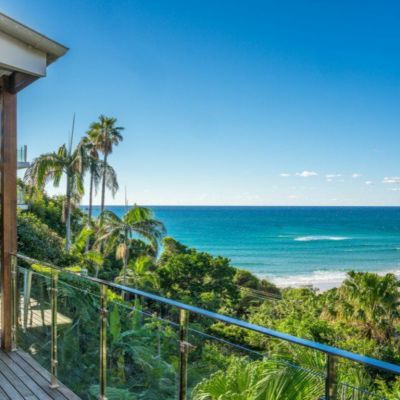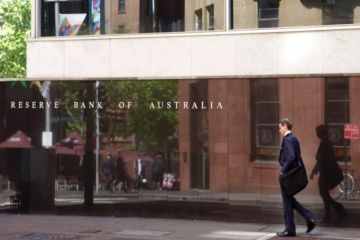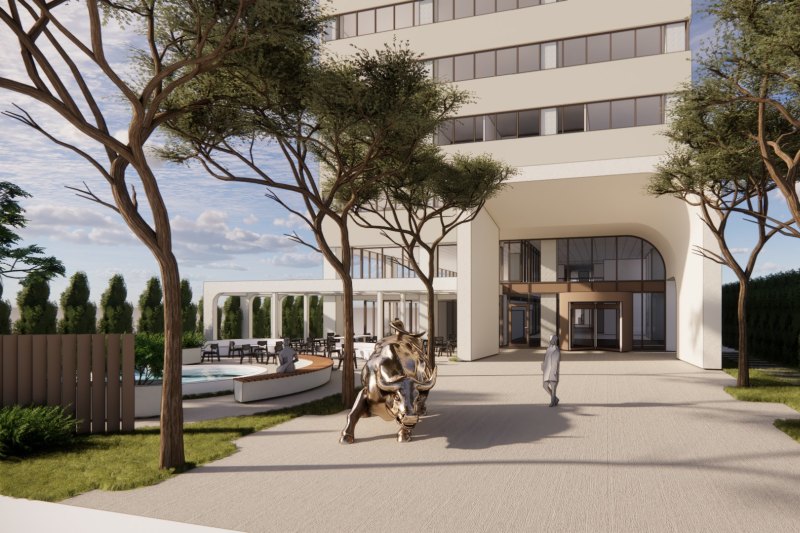Regional rental market under pressure as available listings halve, figures show
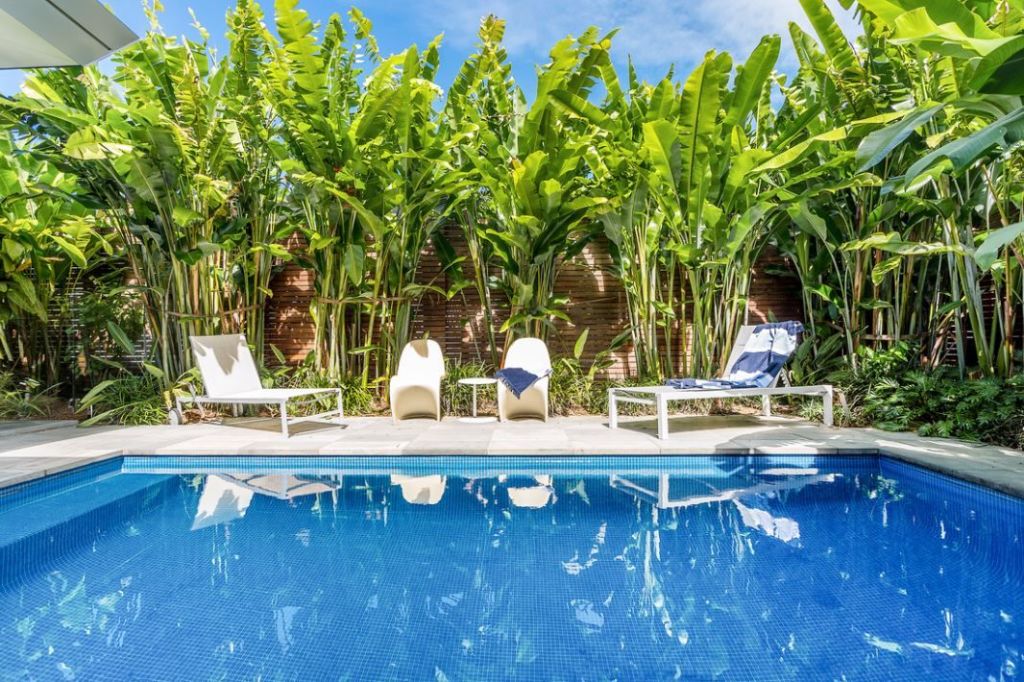
Regional dwellers face a dearth of homes to rent, with the number of rental listings in many towns halving over the past year.
Strong competition for the few homes on offer is pushing up prices, with rents across regional Australia rising at almost three times the pace of the capital cities over the past year, CoreLogic research found.
A rush of city dwellers made a tree change during 2020 in search of more space while working from home due to the COVID-19 pandemic.
But even with large employers encouraging their staff back to CBD offices this year, pressure on regional rental markets has only eased a little, local agents said.
Out of 25 regional areas in CoreLogic’s Quarterly Regional Report, available rent listings halved over the year to April 2021 on average. Regional rents rose 9.6 per cent over the same time, compared to 3.3 per cent in the capital cities.
Listings have dropped sharply in areas such as the Richmond-Tweed region of northern NSW, the nearby mid-north coast, Queensland’s Sunshine Coast and Gold Coast, north-eastern Victoria’s Hume region and Bunbury in Western Australia.
Tenants are being forced to make faster decisions, with rental listings sitting on the market for only 17 days on average, down from 25 days a year ago.
Fewer people have been moving from the regions to the capitals as their work or study plans were disrupted, while city dwellers with high-paid knowledge-economy jobs made tree changes, the report said, adding that some properties have been offered as short-term rentals since domestic travel restrictions eased.
Housing stress and homelessness resulted from the tight rental market, which could be eased by creating more affordable housing in both the regions and major cities, the report said.
Asking rents rose in each of the areas in the report by as much as 17.6 per cent in a year across the Richmond-Tweed region, which includes Byron Bay.
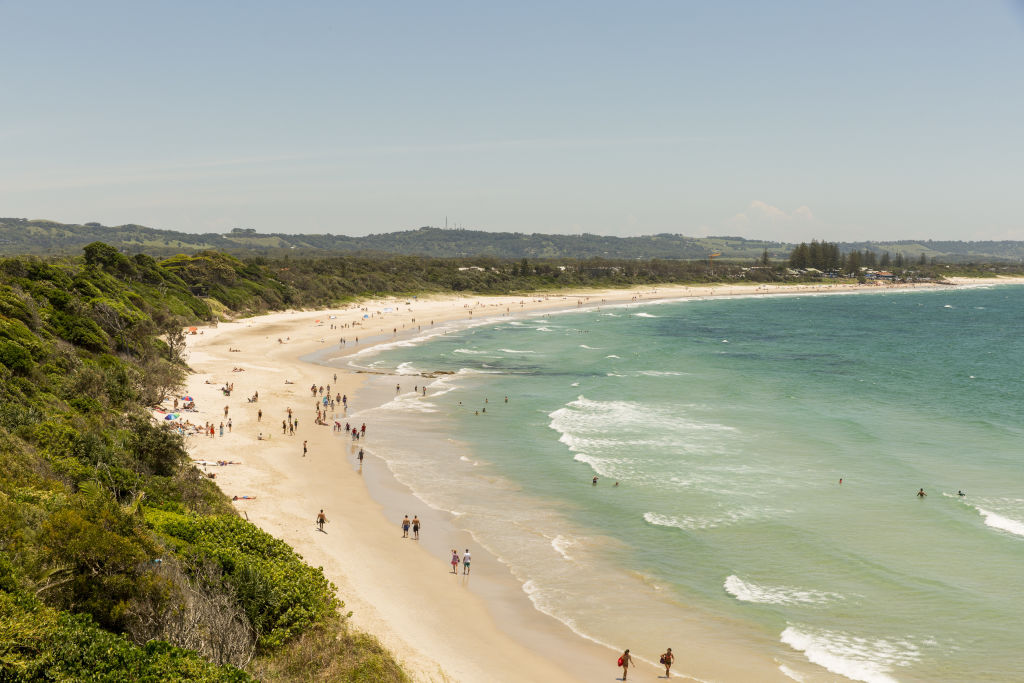
The once low-key surfer town of Byron Bay has become a pandemic hotspot, home to local and international celebrities in Australia for film shoots, as well as cashed-up Sydney sea-changers.
“Something just clicked in this town, and it went berserk,” Fuller and Co Property’s Scott Fuller said of the rush of arrivals in late 2020.
Some city dwellers were offering as much as $300 a week above the asking price to secure houses, and queues at open for inspections had reached 80 people.
“It was really sad, to be honest, when you’re seeing the poor families and people that couldn’t afford it,” he said.
In the past three to four weeks, the rental market has become less frantic, with more supply available, although it was still difficult to find a home, and some city escapees are still arriving.
But with residents unable to travel overseas as the pandemic continues, tenants were less likely to move out of their rentals, leading to a lack of supply.
Regional Victoria also drew Melburnians searching for more space after the city’s extended lockdowns, with available listings halving in the Hume region in the north-east and the Latrobe-Gippsland area east of Melbourne.
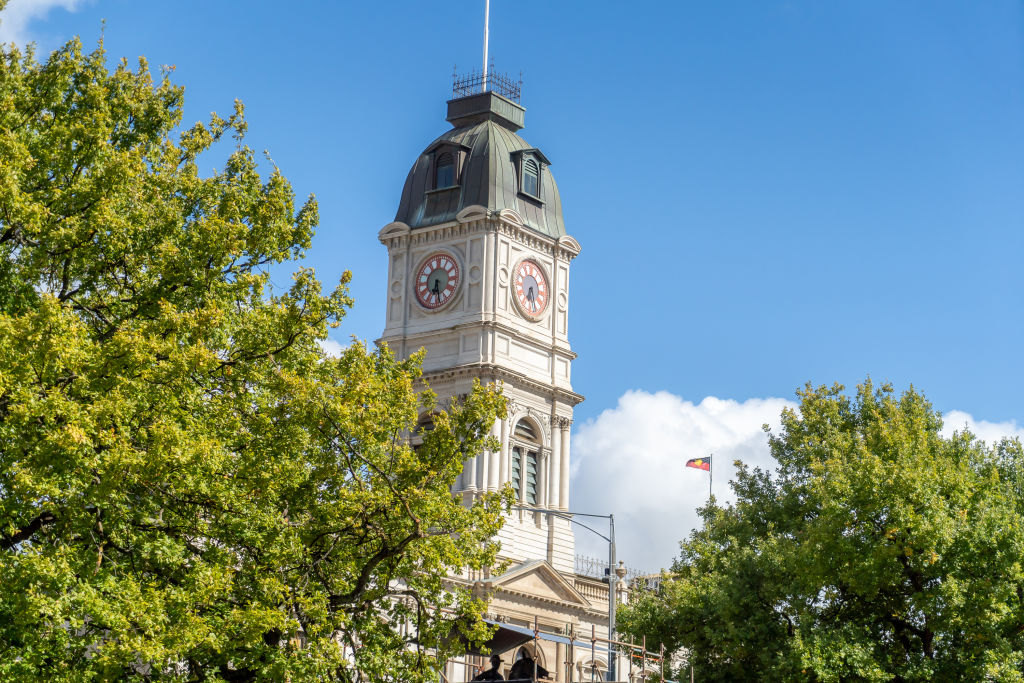
Even in Ballarat, where listings fell 39.8 per cent, new arrivals have been coming from inner-city Melbourne or from interstate, Jellis Craig Ballarat head of property management Lachlain Ramsay said.
“It has cooled off a little bit this year – only slightly,” he said.
“It has made it more challenging for [locals], with more high-quality prospective tenants in the market.”
Local renters were staying put in the knowledge that it would be challenging to move, which affected stock levels and put pressure on prices, he said. Family homes in sought-after locations were now fetching $20 to $30 a week more than a year ago.
Some locals were now starting to move further out of town after a ban on rent increases ended in March, and he expects that could continue during the rest of the year.
We thought you might like
States
Capital Cities
Capital Cities - Rentals
Popular Areas
Allhomes
More
